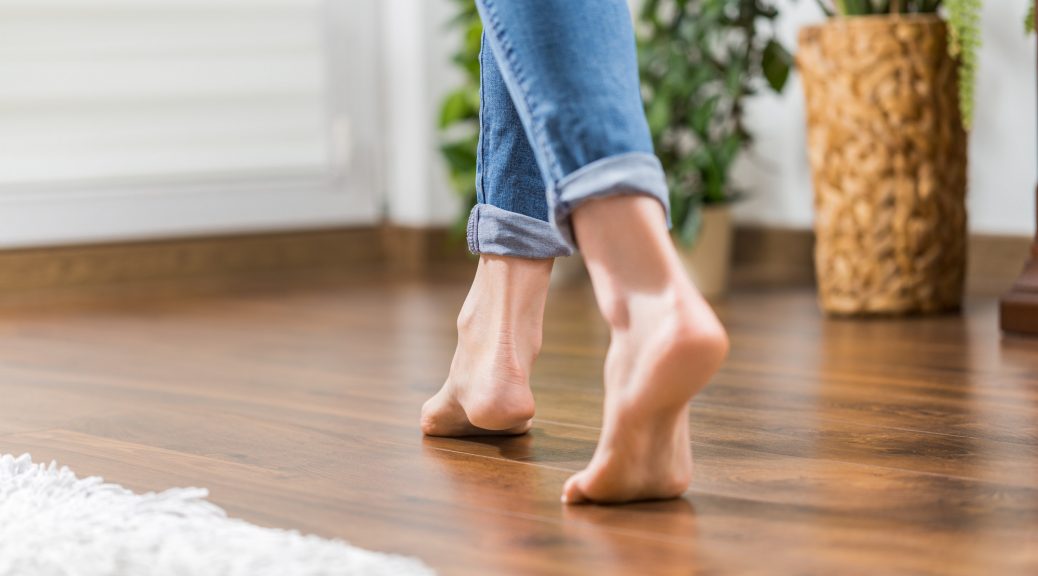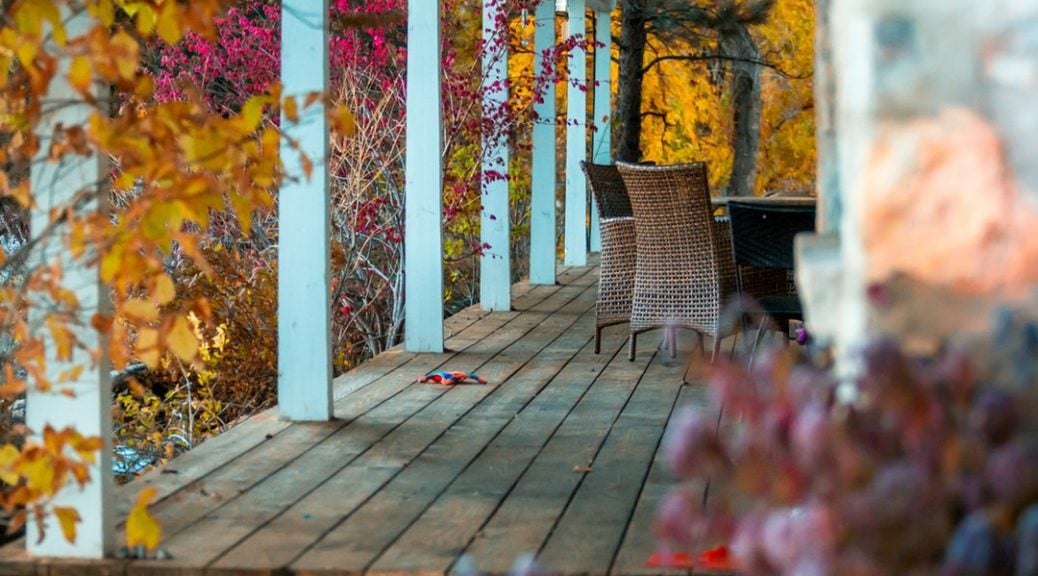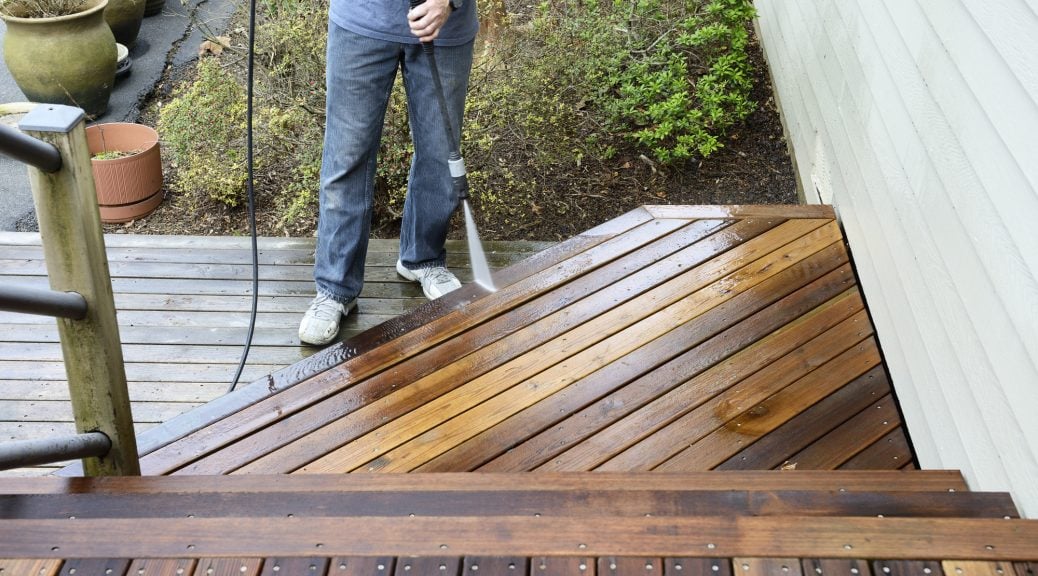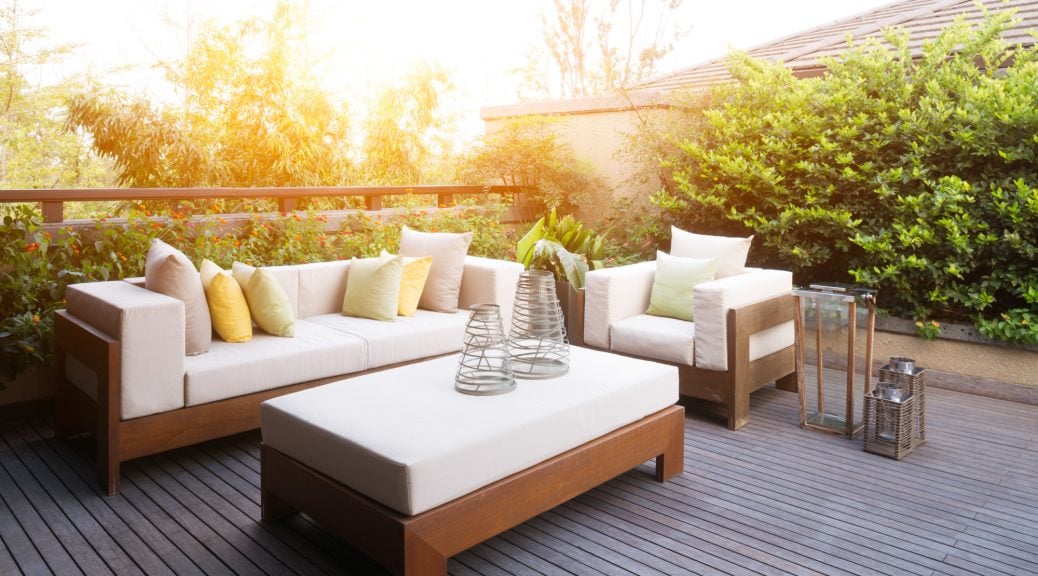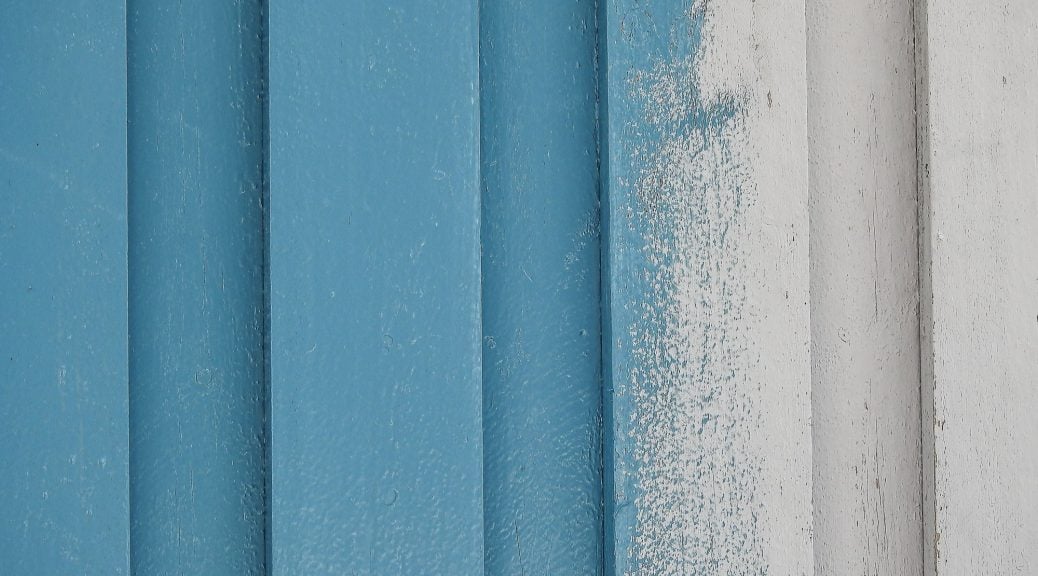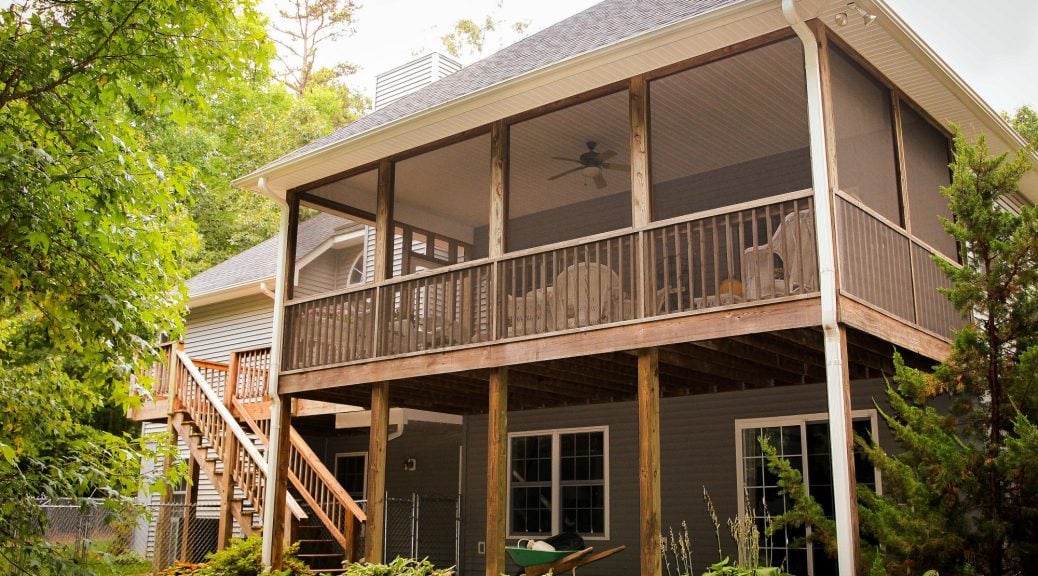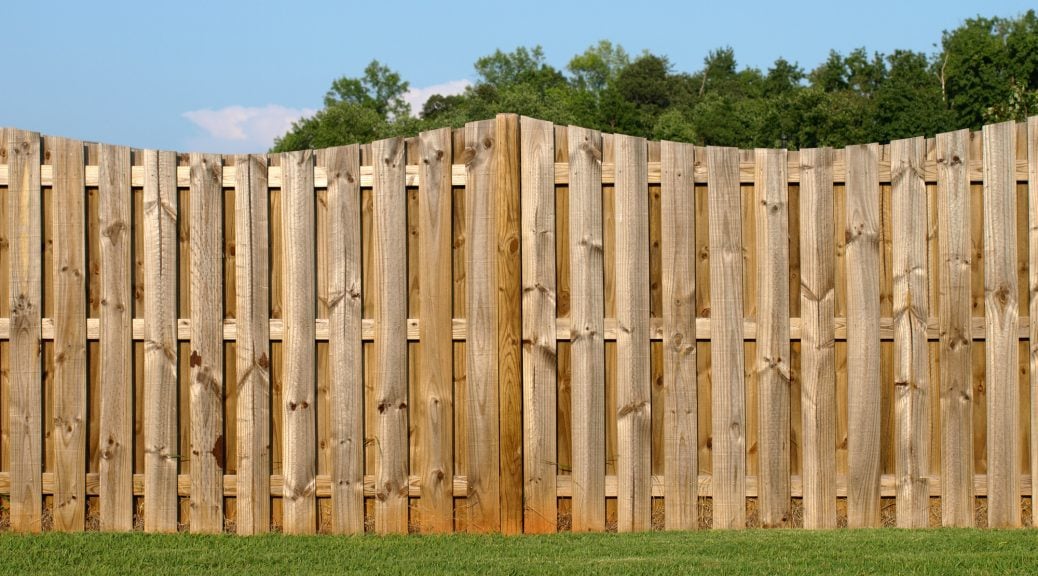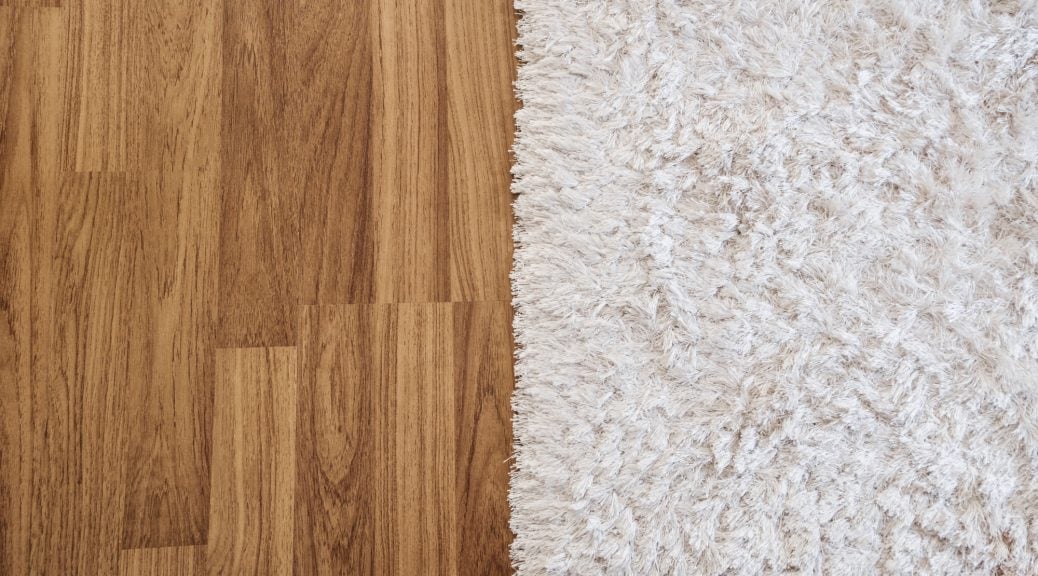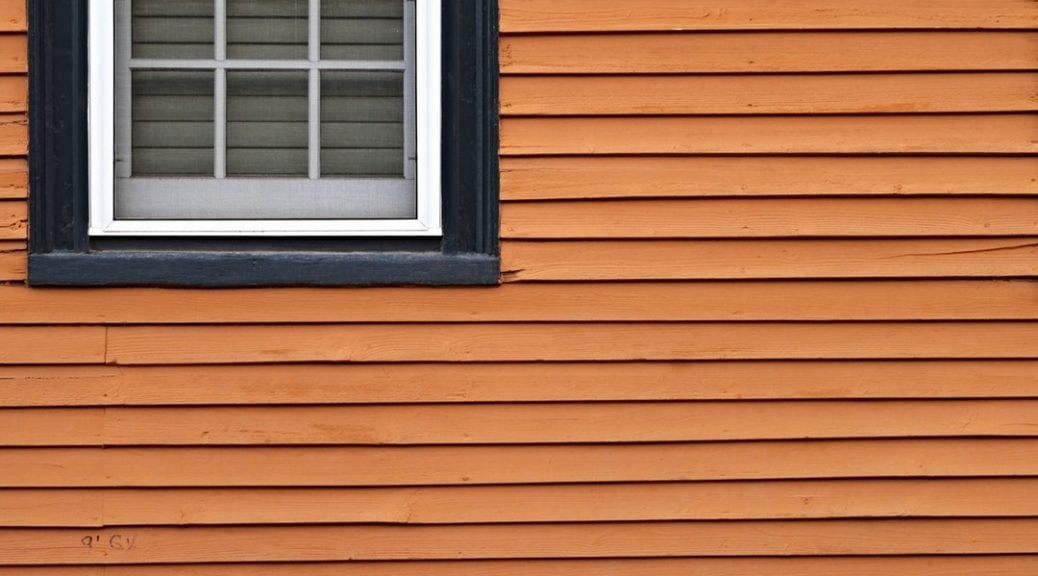Hardwood floors are a feature that nearly all homeowners want in their homes. They’re loved not only for their look but for the ease of cleaning they provide. Wooden flooring is a classic that has staying power within home trends. With a variety of flooring options, there is hardwood flooring for every homeowner’s style. Whether you’re doing a full remodel or only updating your floors, wood flooring is a great choice. Looking to keep your home’s style up to date? Here are some natural wood flooring trends you should keep an eye on for your home.
Matte Floors
Satin finishes have dominated floor trends for the last few years. Who doesn’t love clean floors that sparkle in the sunlight? But current trends are reflecting more natural influences.
Matte finishes have been on the rise and may overtake satin finishes in the next few years. Many homeowners may worry that a matte finish will look dull and lackluster, but with the right installation, this won’t be true.
This contemporary look creates a cozy homestyle environment. Matte floors can be an eye-catching base to a design when done correctly.
Cool-Toned Finishes
Interior design overall is heading in a light and airy direction. Recently, homeowners and designers have used bright neutrals and natural light to create a timeless look.
Cool-toned finishes are a direct result of this trend. Many people are opting for lighter woods throughout their homes. Whitewash and blonde woods are becoming popular options for people looking for new floors.
The light, airy color scheme makes even the smallest room feel large and open. With whites, grays, and blues still trending in interior design, cool-toned finishes aren’t going away any time soon.
Warm Finishes
The rise of cool-toned floors, however, is having little effect on much-loved warm finishes. Many people are taking one step darker than cool-toned blondes for warm honey-brown and copper-brown floor shades.
These finishes are the best of both worlds. They’re still light enough that they can make smaller spaces feel larger and rooms feel more open, but you also get a warmer, more homey feeling with these slightly darker shades.
Warm finishes are great for anyone who prefers natural-looking wood floors. These shades are also available in many different wood species.
Rustic Unfinished Look
One interior style that continues to be popular is the modern farmhouse. Many homeowners can’t get enough of the mix of cozy and rustic decor. And one element that always a feature of this design is the floors.
The name is a little misleading because the floors are finished. The finish, however, is specifically designed to look unfinished. This is often achieved with a subtle “invisible” oil finish.
An unfinished look has become a popular way to add authenticity to any rustically designed home.
Patterned Layouts
Not only are homeowners getting creative with the color of the floor finishes, but they’re getting creative with the flooring layouts too. Patterned layouts are on the rise because they add an extra dimension and decoration to the floor.
There are many flooring layouts besides the traditional straight pattern. But the three trendiest patterned layouts are chevron, herringbone, and diagonal.
Chevron
A chevron pattern has the floorboards coming together at a point. This creates a stacked arrow look across the floor. You can achieve this look with single-toned and multi-toned planks.
Chevron is a great way to add visual interest to your design and make your home look more custom.
Herringbone
Herringbone is often confused with chevron, but there is a distinction. Similar to chevron, herringbone creates an arrow-like pattern. However, with a herringbone pattern, the planks connect at a 90-degree angle, not at a point.
This is a contemporary design that’s on the rise for many young and first-time homeowners. It’s unique, fits into every room, and can make a space feel larger.
Diagonal
This pattern is often overlooked when homeowners consider new floors, but a diagonal design offers a unique, custom-looking design in your home.
Diagonal floors can highlight design features or create a focal point in the room. Since the lines will run from corner to corner, it can make the room appear larger.
Though your wood floor installation may take longer, the finished design is worth it.
Multi-Toned Boards
If you’re looking for a way to add dimension and vibrancy to your home, then consider multi-toned boards. This can create a unique look that becomes the centerpiece of your design. There are a few ways to try this trend.
You can use as few or as many colors as you’d like in your design. Two and three-toned patterns are most common, but you can have more variation, especially if it’s a natural variation of the wood type.
You should also consider how much contrast the board colors have from each other. There can be a lot of variation with a combination that uses tan, brown, and gray boards – or you can use shades of brown for a more natural look.
Site-Finished Floors
Many homeowners are now opting for site-finished floors rather than pre-finished ones. Pre-finished floors are manufactured and finished in the factory before arriving at your home.
With site-finished floors, you get a smoother and cleaner look. They’re especially good wood floors in the kitchen and bathroom because they don’t have micro-beveled edges that are hard to clean.
Site-finished floors are installed unfinished and stained once the flooring is complete. Homeowners tend to prefer site-finished floors because they look more professional and have consistent color across all the boards.
Natural Wood Flooring Trends For Your Homes
Few features look good in every home. No matter what the interior style is or what architectural features there, hardwood floors look great inside that home.
Hardwood floors are a lasting home trend. No matter how much time has passed, hardwood floors will still be in style and still contribute to a higher home value.
These natural wood flooring trends are a great place to start if you’re looking to add hardwood floors to your home. Quick renovation or a full remodel, these wood floors should be on your list.
Ready to transform your home with new floors? Contact our experts to get a quote on our 5-star service.

